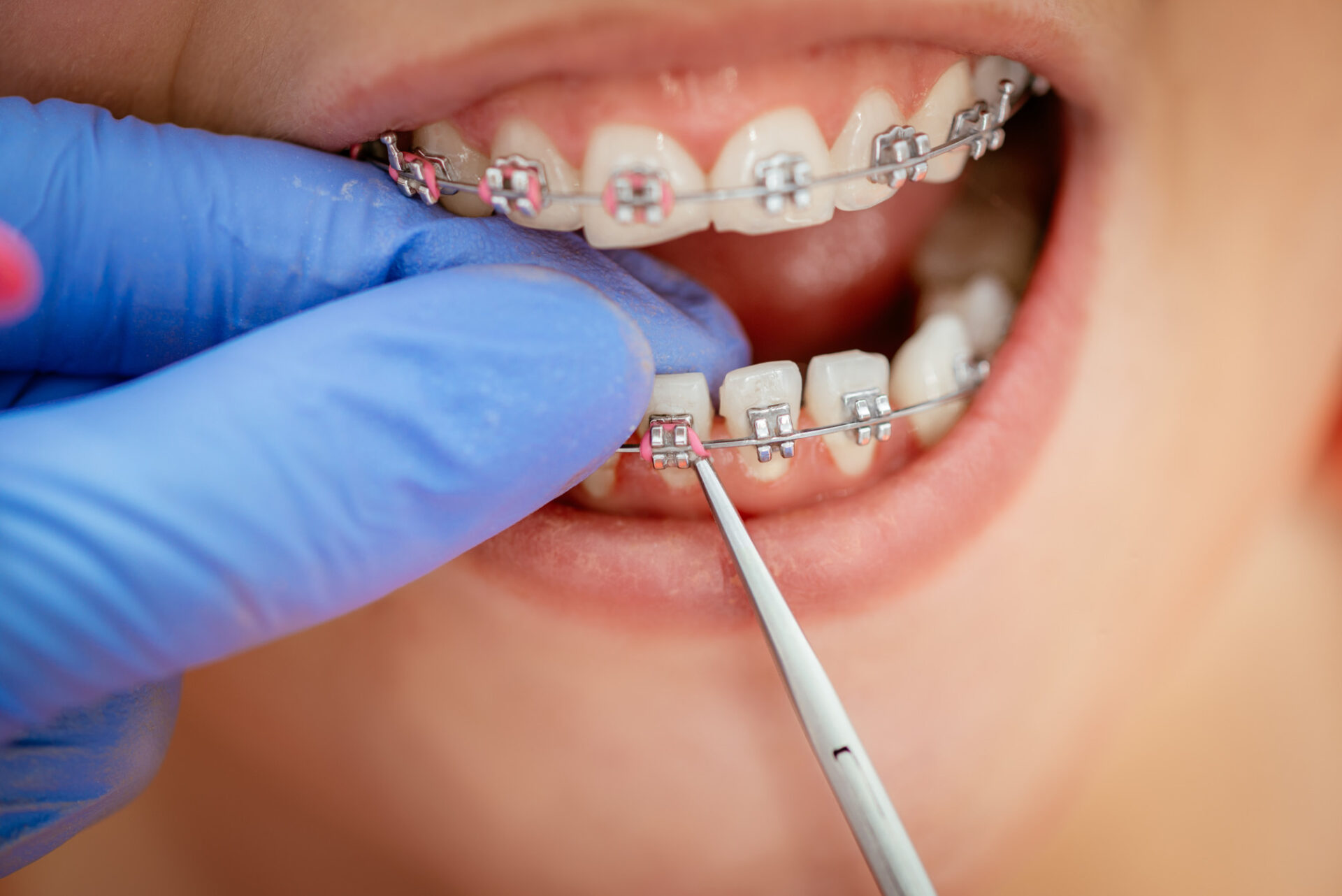The Benefits of Choosing a Cumming Orthodontist for Your Braces and Aligners
Comprehensive Guide to Orthodontics Treatments for Correcting Oral Imbalances
Understanding the complexities of each procedure, including their systems, benefits, and possible drawbacks, is vital in making educated choices concerning one's orthodontic therapy. As we browse via the comprehensive overview to orthodontic treatments for dealing with oral imbalances, the detailed details of each method will unfold, shedding light on the course toward a functional and unified oral placement.
Orthodontic Procedures Review

Along with clear aligners and conventional braces, orthodontists may also advise various other interventions like headgear, palatal expanders, or retainers to resolve details alignment concerns (cumming aligners). These treatments are tailored per client's special needs and may involve a mix of treatments to attain the preferred results. Routine modifications and monitoring are essential components of orthodontic therapy to make certain development gets on track and to make any required alterations along the method. By undergoing orthodontic procedures, clients can not only accomplish a straighter grin but additionally enhance their overall dental health and wellness and function.
Typical Braces: Just How They Work
When considering orthodontic treatments for dental misalignments, typical braces stand apart as a reliable technique for fixing teeth positioning. Standard braces include brackets, wires, and bands that collaborate to apply continual pressure on the teeth, progressively relocating them into the desired alignment. The brackets are affixed to the teeth making use of an unique adhesive, and the wires are threaded through the brackets. By readjusting the stress of the wires, orthodontists can control the instructions and force related to each tooth, guiding them right into proper positioning in time.
As stress is applied to the teeth with the dental braces, the bone surrounding the teeth is improved to sustain the brand-new tooth placements. Clients will certainly need routine modifications at the orthodontist's workplace to make sure the dental braces continue to apply the right pressure for effective teeth activity.
Invisible Aligners: Cons and pros
These clear, custom-made trays are essentially unseen when used, making them an appealing alternative for people looking for a much more visually pleasing orthodontic treatment. Patients can remove the aligners before eating or brushing their teeth, minimizing the danger of food obtaining stuck in the appliance and streamlining the cleaning procedure.

Surgical Orthodontic Options
Surgical interventions in orthodontics existing viable alternatives for attending to intricate oral imbalances that may not be successfully dealt with via traditional orthodontic treatments. While invisible aligners and conventional braces can fix several orthodontic issues, specific instances call for surgical intervention to attain optimal outcomes. Surgical orthodontic options are usually advised for extreme malocclusions, considerable jaw inconsistencies, and cases where the underlying bone structure requires adjustment to attain proper placement.
One usual surgical orthodontic treatment is orthognathic surgery, which involves rearranging the jaws to deal with click over here useful problems such as difficulty speaking or eating. This surgical procedure is usually executed in partnership with an orthodontist who helps straighten the teeth prior to and after the treatment. Surgical orthodontics may also entail treatments to expose influenced teeth, remove excess periodontal cells, or reshape the jawbone to produce a more unified facial profile.
Prior to taking into consideration medical orthodontic options, clients undergo a thorough analysis to identify the necessity and prospective benefits of such treatments. aligners. While surgery may appear complicated, it can considerably improve both the feature and looks of the smile in cases where traditional orthodontic treatments fail
Retainers and Post-Treatment Treatment

Post-treatment care includes following the orthodontist's directions diligently. This may consist of proper oral health practices, going to follow-up consultations, and using the retainers as suggested. Failure to abide by post-treatment treatment instructions can result in regression, where the teeth progressively dentist in your area move back towards their initial placements. Consistent retainer wear, great dental health, and normal dental examinations are essential for maintaining the results accomplished with orthodontic surgical procedure and ensuring the long-lasting stability of the remedied oral alignment.
Final Thought
In verdict, orthodontic procedures supply different choices for remedying dental imbalances. Surgical orthodontic options are readily available for a lot more severe imbalances. In general, orthodontic procedures can effectively boost dental wellness and aesthetic look.
As we navigate via the detailed guide to orthodontic treatments for dealing with oral misalignments, the intricate information of each method will certainly unravel, dropping light on the course toward a useful and harmonious oral alignment. - invisalign
One of the most usual orthodontic treatments is the usage of braces, which are composed of steel braces and cords that apply mild stress to gradually move teeth into the desired setting.When taking into consideration orthodontic treatments for dental imbalances, traditional braces stand out as a tried and true approach for remedying teeth placing. Additionally, undetectable aligners might not be suitable for complicated orthodontic problems that call for even more significant teeth activity, as they are normally advised for mild to moderate situations. Retainers are personalized orthodontic devices created to hold teeth in their dealt with positions after the conclusion of orthodontic treatment.